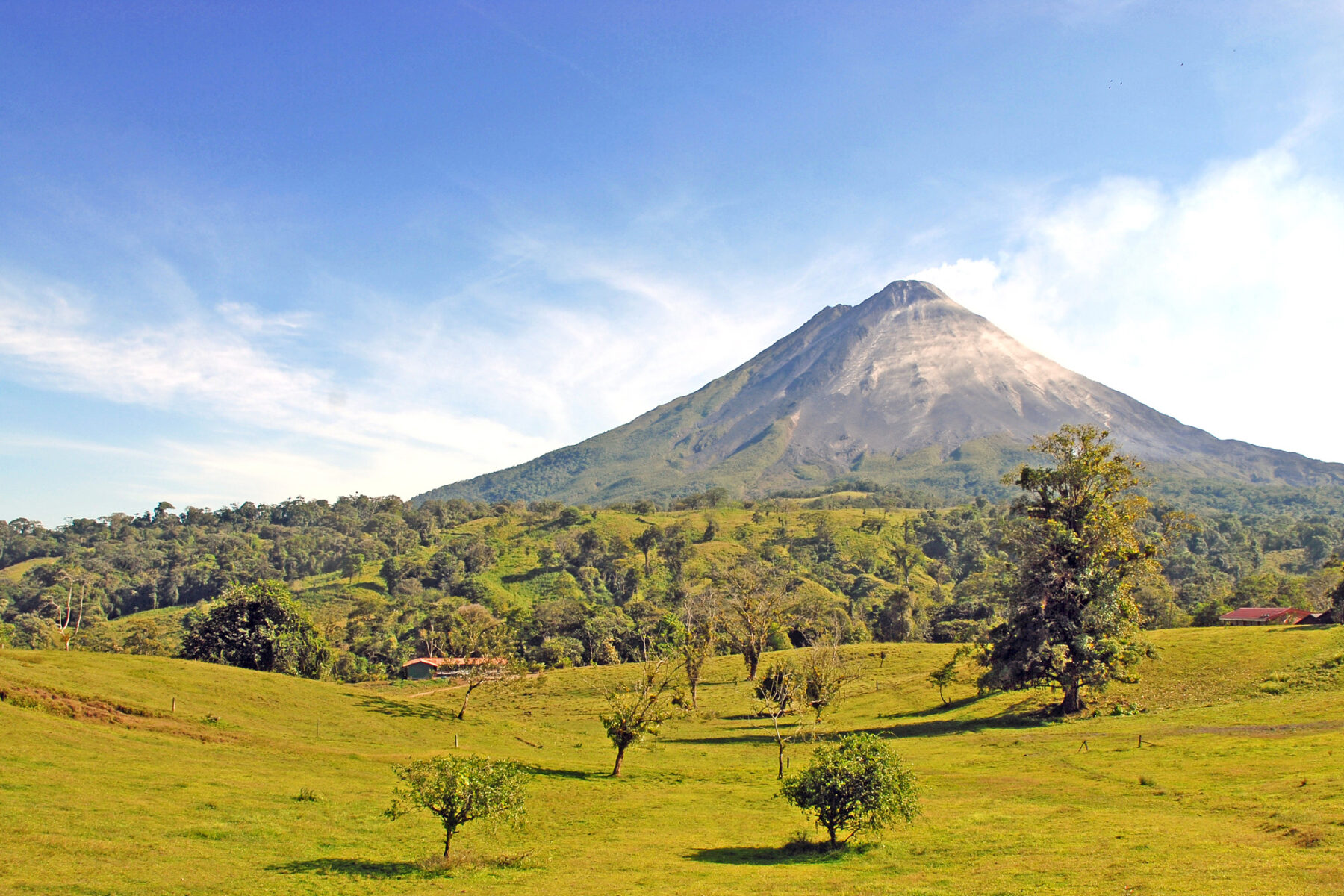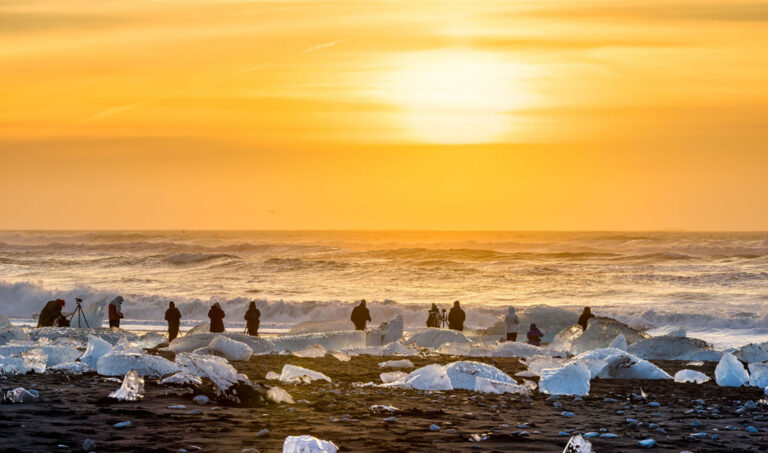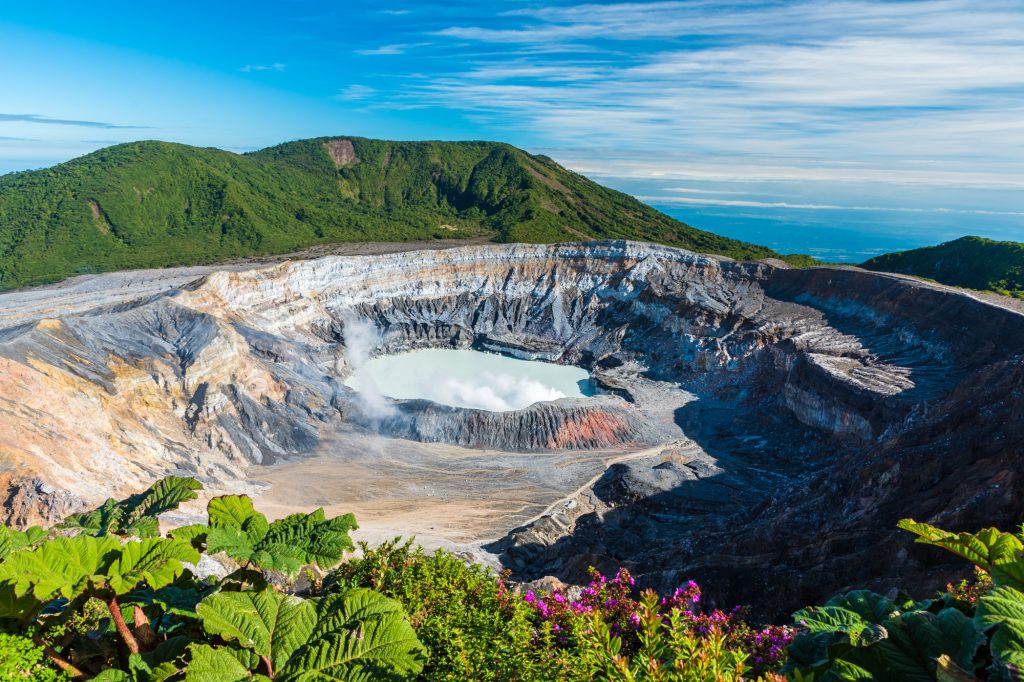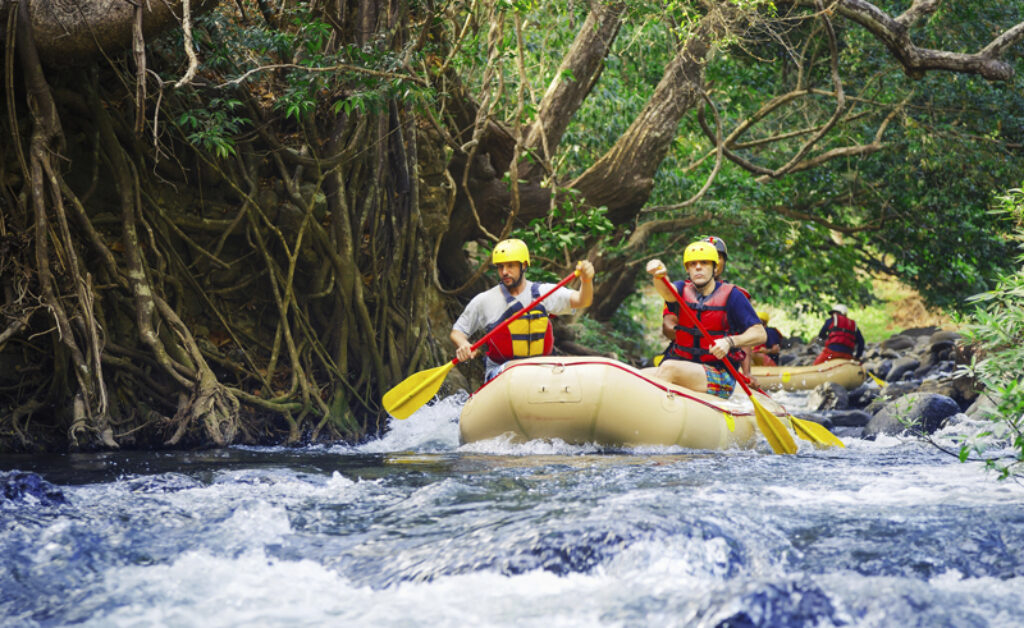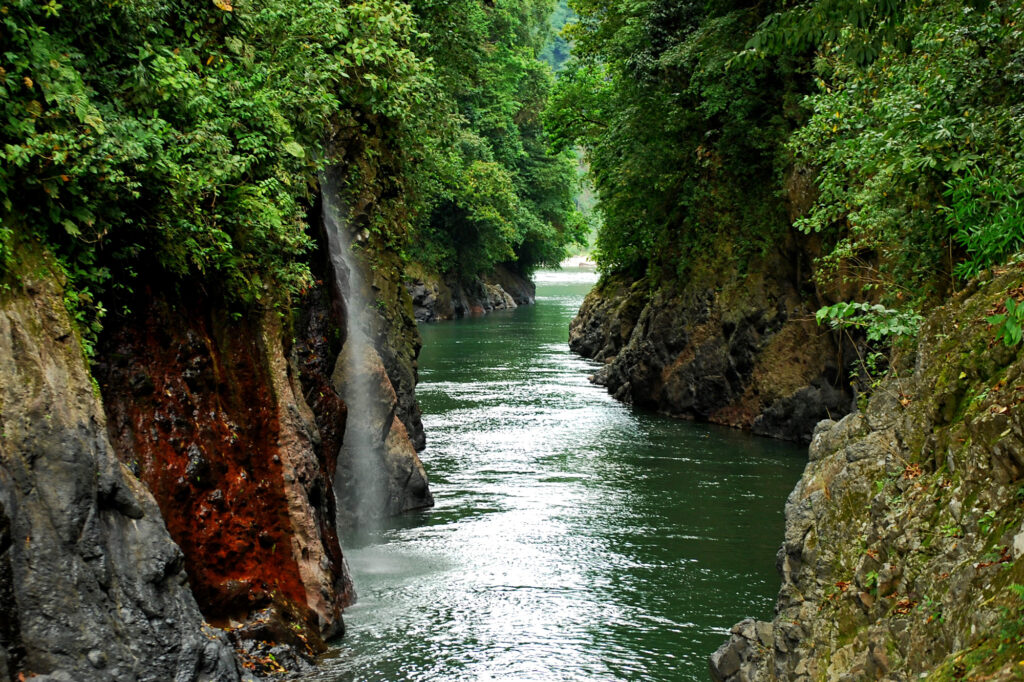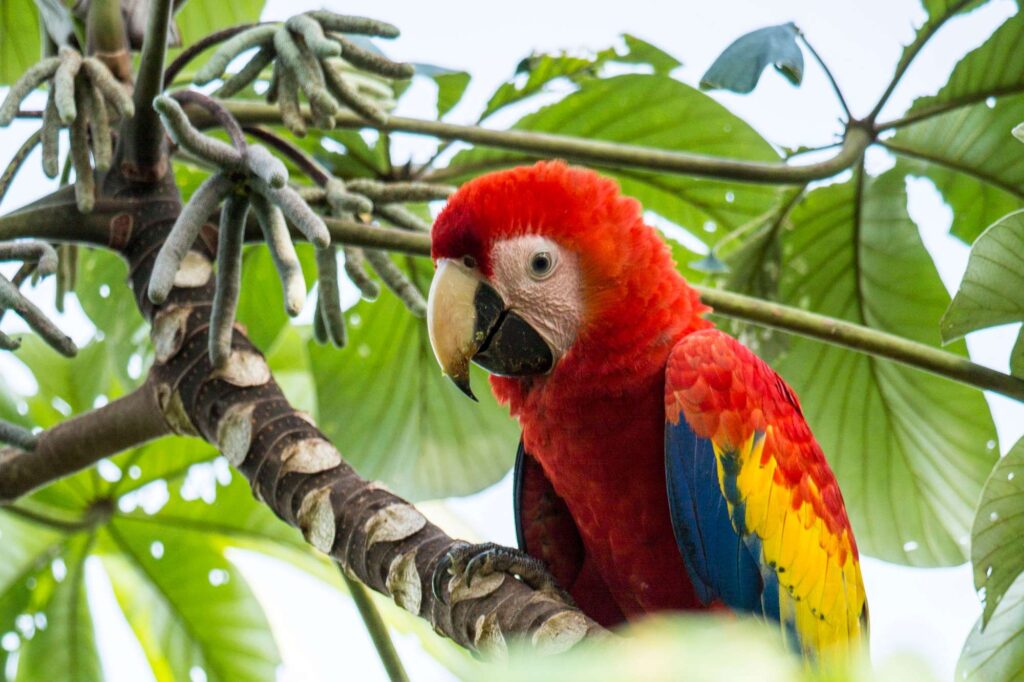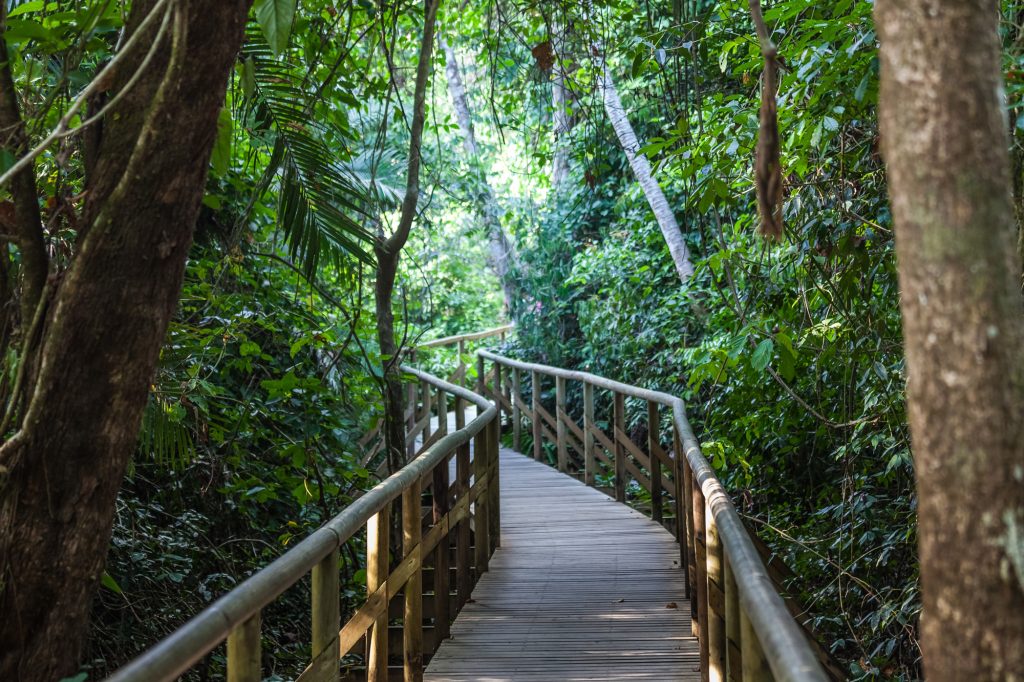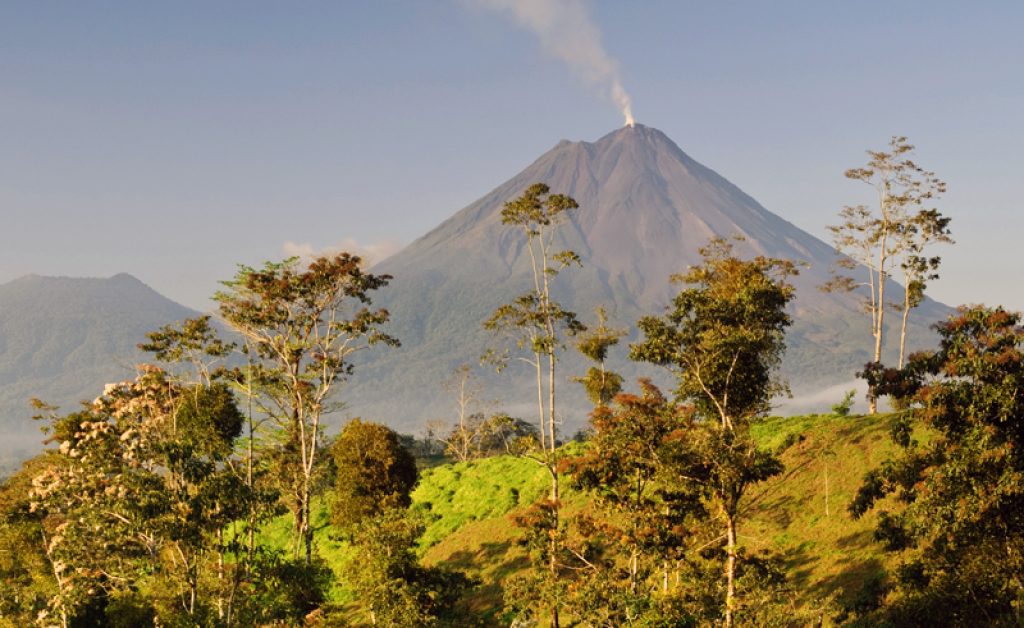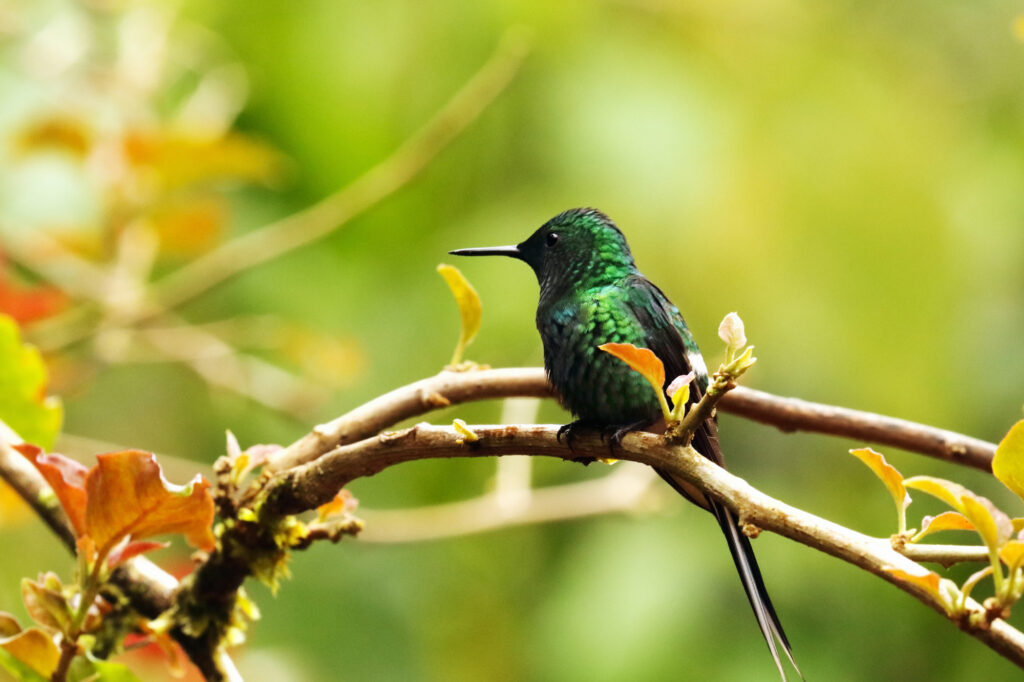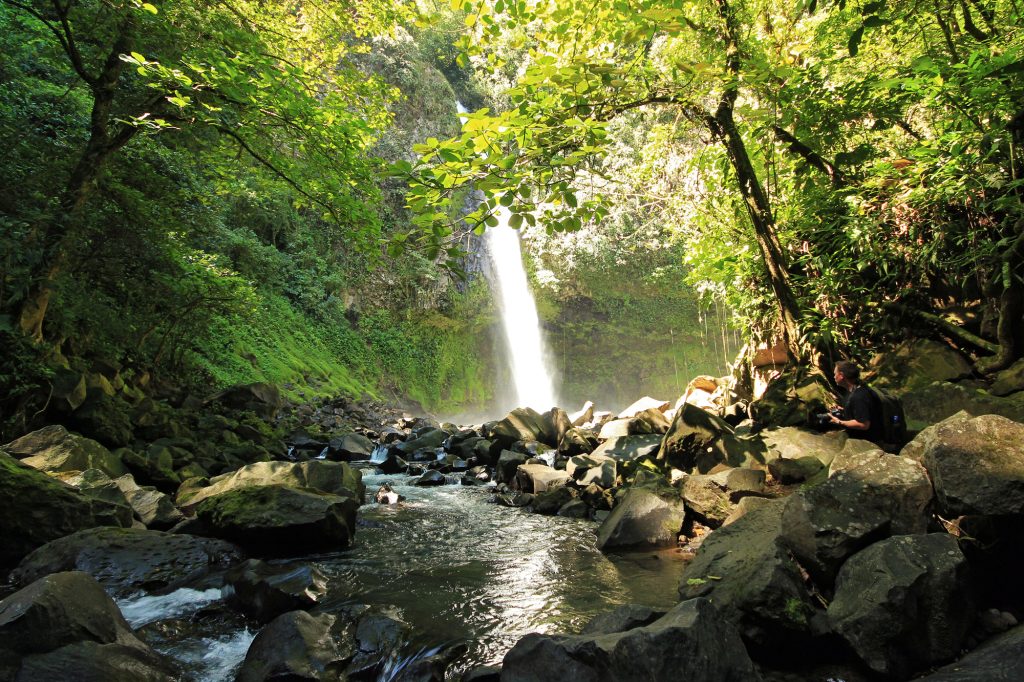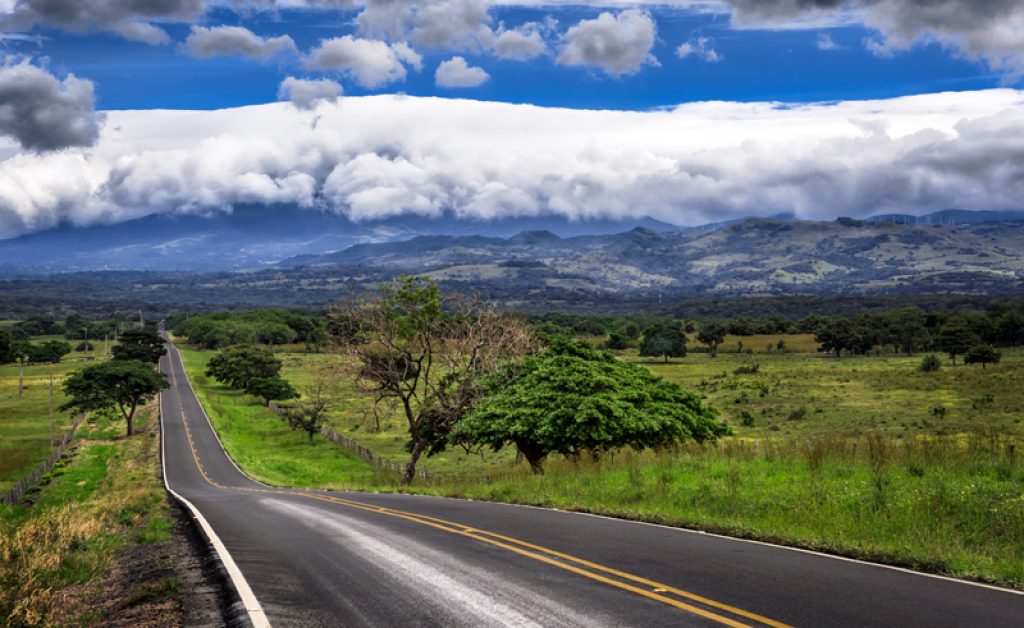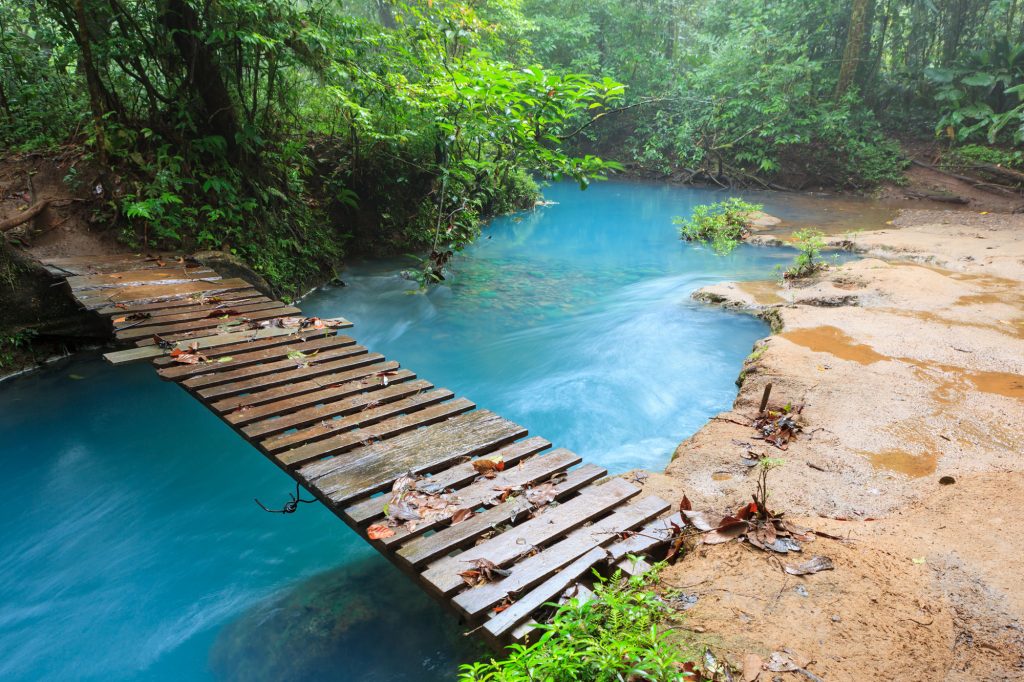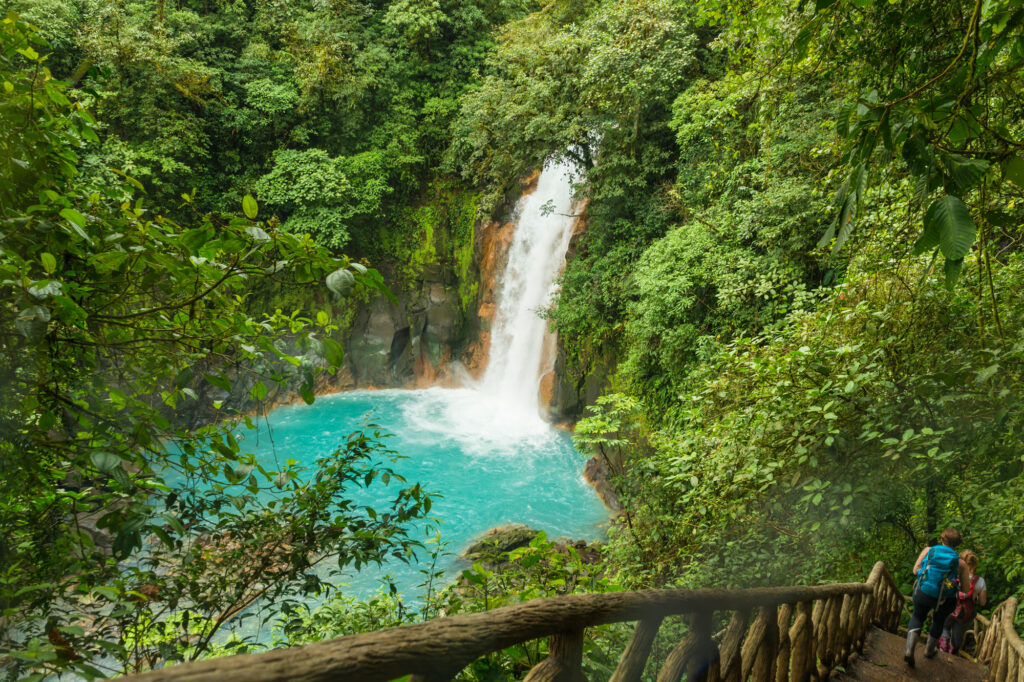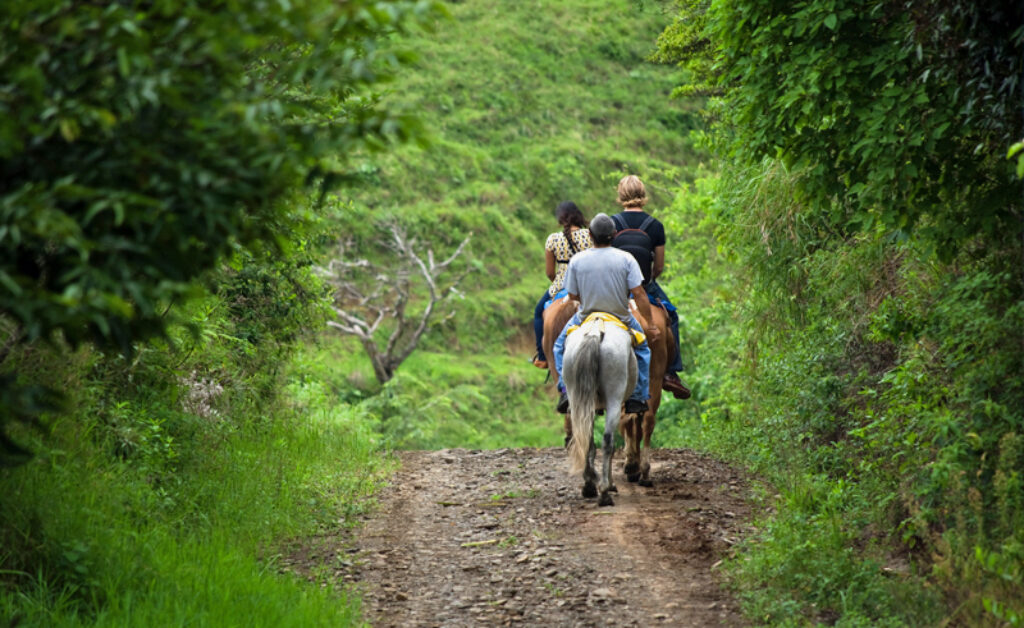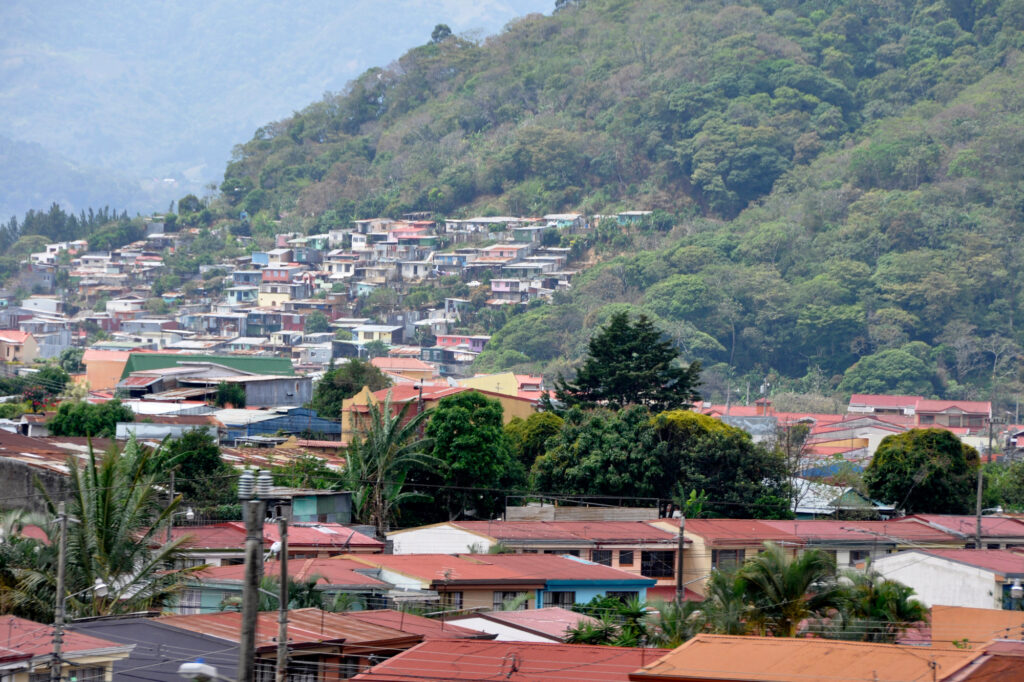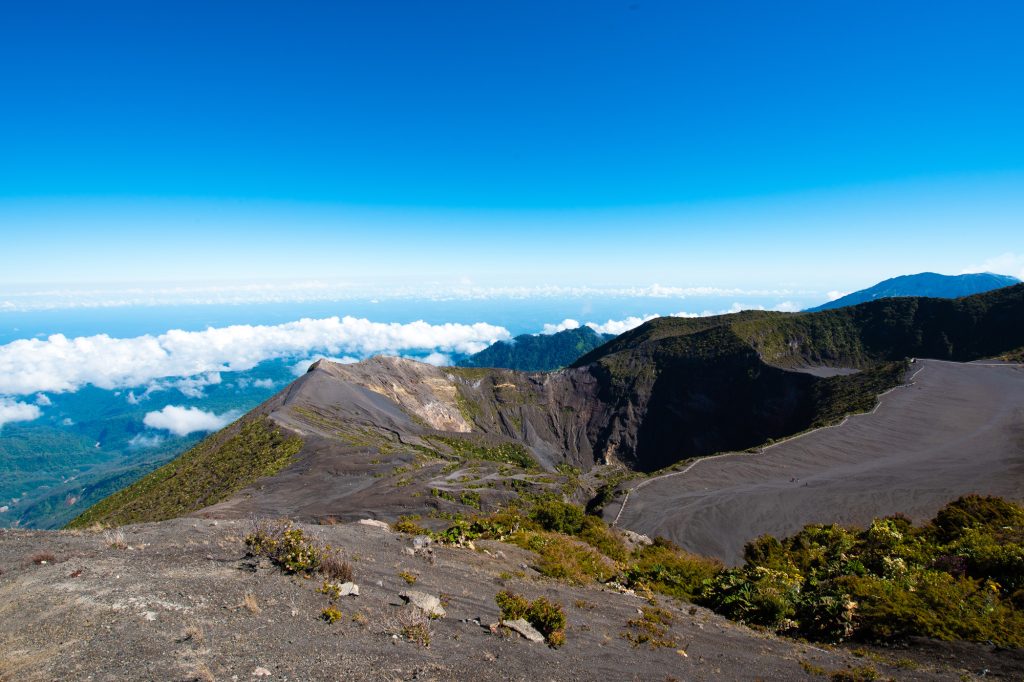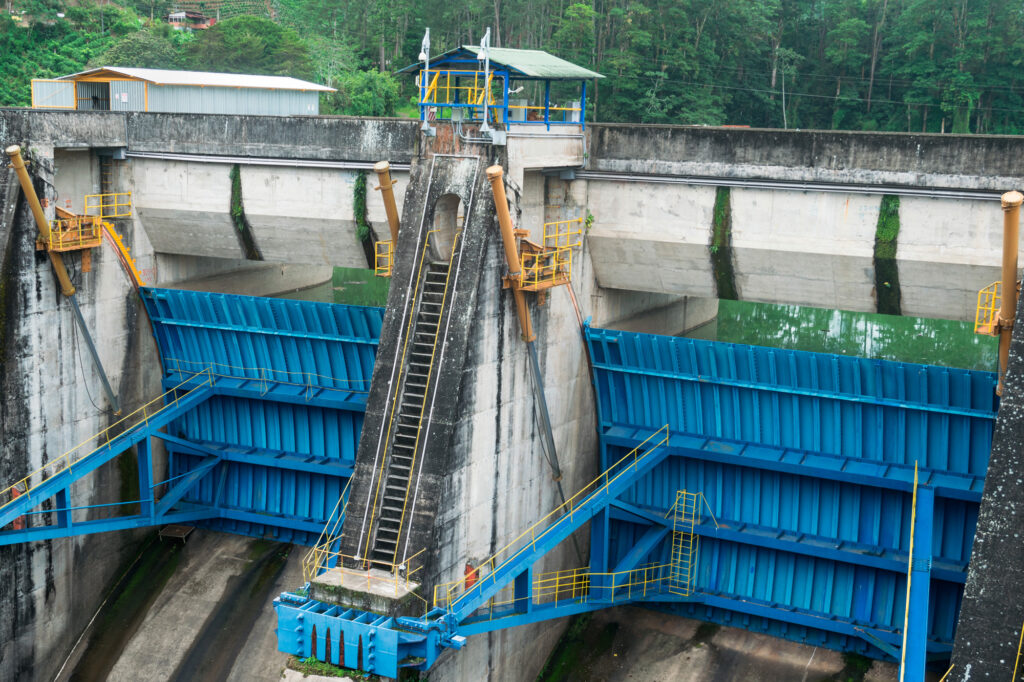Geography Trip to Costa Rica Costa Rica
11 Days from £2060pp
based on a group size of 26 students and 3 teachers (free places)
Costa Rica contains 5% of the world’s biodiversity, all in a country the size of Denmark! Monkeys, frogs, butterflies, turtles, birds, bats and sloths can all be found among the wet lowlands, sandy beaches or mountainous jungles across the country.
As well as the wildlife, your school trip itinerary will show students tropical rainforests, waterfalls, serene beaches and looming volcanoes, all within the borders of this small lush green country. Geographers will also be impressed by dramatic physical geography all around them, from volcanoes, hot springs, geothermal plains and more!
Costa Rican people are dedicated to protecting the habitats and natural landscape around them. Costa Rica is the world’s shining example of sustainable tourism and aims to be the first carbon neutral country. Geography students will find examples of renewable energy sources all over the country.
For a true geographical expedition, there is no better adventure than Costa Rica! Take a look at our example 11-day itinerary and get in touch with your travel specialist to begin planning your trip.
What's included
- Flights from Heathrow or Gatwick airport to San Jose Airport
- Hold luggage for all passengers
- 10 nights’ accommodation
- Full board basis
- Professional guide with in depth knowledge about Costa Rica
- All activities as highlighted in the itinerary below, including white water rapids, rainforest hike and more!
- Cost of covid testing that may be required to fulfil the trip
- Our Covid Assurance
Ask about our approach to Responsible Travel
We believe the benefits of travel should not be lost for the next generation. In order to protect this world we live in and also inspire a new group of young people to fight for our planet, we are developing an approach to Responsible Travel that is founded in facts, empowers young people to take action and involves suppliers at all levels in minimising negative impacts of travel.
We are committed to finding and implementing maintainable strategies which include developing teaching resources, offsetting carbon emissions, benefitting local economies, protecting local cultures and becoming ‘Plastic Clever’ travellers.
We can’t do it alone. Will you join us?
Responsible School TravelDay
1
Fly to San José and welcome dinner
The flight time from London to San Jose is just over 11 hours. So, upon arrival in the city, your group will have a chance to enjoy a delicious welcome meal and stretch their legs before getting a good nights’ sleep ahead of their exciting first full day in Costa Rica.
Day
2
Poas volcano and observatory
Poas volcano can be found in the country’s most visited national park of the same name. The drive to the summit of Poas will give students a real flavour of what they can expect for the rest of their trip. You will whisk past coffee fields, gardens and dairy pastures, all of which demonstrate the benefits of living in close proximity of the volcano. The surrounding area is also a habitat for many cloud forest birds.
When you arrive at the rim of the caldera you will see the Botos Lake which has filled the crater. The lake has teal acidic water and sulphuric fumaroles which bubble and steam.
You’ll then visit OVSICORI, the Poas station of the Volcanology and Seismological Observatory of Costa Rica. Here you can study the volcano as an excellent example of the effects of acid rain.
Next you will visit the quaint town of Sarchi, which is probably most famous for the bright and colourful oxcarts that have been made here for over a century. You will be able to pick up one of the intricate arts, crafts and souvenirs that are created here.
The final stop of the day is to an Orchid farm. Costa Rica has more then 1400 species of orchids. At this farm you will see the abundance of colour and smell the wide variety of smells. You will even be treated to a surprise drink to try!
Day
3
White water rafting on the Pacuare River
Your trip will continue into the Caribbean lowlands, an area known for its Caribbean cultural traditions, beautiful beaches, tropical rainforests and lagoons.
Blending the tranquillity and nature of the Pacuare River with an activity to get your adrenaline pumping, white water rafting is a very special activity in Costa Rica.
Your rafting experience is exhilarating with grade IV-V white water rapids. All gear and instruction will be provided by expert guides.
The river is home to densely vegetated gorges full of monkeys, sloths and extraordinary bird life.
Your evening accommodation, in the Bajo Tigre rainforest, is where your group will immerse themselves in nature and be sung to sleep by a symphony of rainforest sounds.
Day
4
Rafting and Rainforest hike
After continuing your journey down the Pacuare River via more white water rafting, your group will travel to Sarapiqui, in the north of Costa Rica, a region of flatlands with humid rainforests and wide plantations.
It is time to enter the rainforest! Your guide will lead you on a hike to explore the rainforest where you might spot hummingbirds, macaws, parakeets, who are among the 200 bird species found here.
Day
5
Tirimbina Biological Field Station
Tirimbina, a region famous for its biological research station, situated here because of the extensive coverage of tropical rainforest.
While here, your group will have a choice of a few different educational programmes, either explore ecology and diversity or investigate forest composition. In addition, there is also an option to partake in a bat programme. Did you know that bats make up 50% of Costa Rican mammals?
Day
6
Arenal volcano and Baldi Hot Springs
Arenal is Costa Rica’s most famous and, until recently, most active volcano. It is also a key centre for energy production featuring hydroelectric, geothermal and wind power plants.
Embark on a guided volcano hike in Arenal National Park. Your guide will lead you into the volcanic national park to learn about the explosive history of Arenal. The hike takes you through trails in the secondary forest around the base of the volcano and past lava fields from previous eruptions.
After your hike, enjoy a soak in the geothermally heated waters of the Baldi Hot Springs complex, which features more than 30 spring-fed pools of various temperatures.
Day
7
Venedo Caves and La Fortuna
Discovered by the Guatusos aboriginals, the Venedo caves are formed by limestone rocks, stalactites, stalagmites and corals.
Exploring the cave is an exciting adventure for those who don’t mind getting wet and muddy. There will be crickets, spiders and bats who accompany you along your tour.
Although the caves are dark, bioluminescent fungi will help light your way and make for an otherworldly experience.
You will be staying in the community of La Fortuna, a picturesque town which pays homage to the neighbouring Arenal with an erupting volcano statue in the town’s plaza.
Day 7 is a perfect day to add on a trip to the La Fortuna waterfall as an optional extra. The waterfall is one of the most photogenic waterfalls in Costa Rica!
Day
8
Miravalles volcano and Las Hornillas
Miravalles volcano is an active volcano in the drier North West of Costa Rica. It rises from a geothermal plain to a height of 2,030m.
It is was recently made a National Park. Costa Rica has been ranked among the top five nations in the world for environmental performance, and it’s been said that no other tropical country on the planet has made such a concerted effort to protect its natural ecosystems, so it seems fitting that the nation decided to use the recent World Environment Day 2019 to announce the creation of its 29th national park. It’s hoped that the national park will help protect the tapirs found in the area.
Rather than approaching the volcano itself, most visitors to this area pay closest attention to the largest developed geothermal plains in Costa Rica. Students will discover how the Miravalles Volcano Geothermic Plant taps into the area’s volcanic activity for electrical power.
Students will also enjoy their visit to Las Hornillas, an area of mudbaths and thermal pools, where locals and tourists can enjoy the therapeutic nature of the heated mud.
Day
9
Tenorio National Park and Hike to Rio Celeste
On day 9, you will head to Tenorio National Park to hike the beautiful Rio Celeste waterfall. The Rio Celeste river itself has a striking turquoise blue colour from the precipitation of calcium carbonate and emission of sulphur from the Tenorio volcano.
You will overnight in the lowlands near the Rincon de la Vieja volcano which boasts nine craters. Spider monkeys, sloths and over 300 species of birds live here.
Day
10
Horse-riding and tubing on the Rio Negro and return to San José
A 45-minute horseback ride will take you from your accommodation to the river, where you will collect your river tubes and safety gear for a 2-hour ride along the crystal-clear rapids.
You will return to San Jose in the evening for a group meal to celebrate a fantastic trip.
San Jose is situated right the centre of Costa Rica, in the central highlands. Pedestrians can take respite from the busy traffic laden streets in the many plazas in the city. Most sights are in walking distance and there is no shortage of museums or attractions to enjoy. For most visitors to Costa Rica, San Jose is the first part of the country they see and the city acts as a perfect hub to visit any part of the country.
Schools can stop along the way at an artisan town, and/or partake in a traditional painting or cooking class as optional extras.
Day
11
Irazu volcano, San Jose Gold Museum and Cachi HEP station
Although your trip is drawing to an end, there is still much to see and do on your last day in Costa Rica.
First up, a visit to Irazu National Park, home to Costa Rica’s highest active volcano of the same name. Irazu is particularly famous for erupting during JFK’s visit to the country in 1963. The crater is half a mile wide and the water that fills the crater is pea green in colour!
Next, your group will visit the San Jose gold museum, where students will be able to see gold which dates back to AD 500! The craftsmanship and designs of these artefacts will add colour to the history of Costa Rica.
Last but not least, your school trip group will arrive at the hydroelectric dam at Cachi, one of Costa Rica’s first HEP projects and learn how local people are taking advantage of this renewable energy source.
One of these options is included in the cost of your trip, but the other two can be added as optional extras, dependent on flight times.
Day
12
Day
13
Day
14
Day
15
Trip notes:
Even in 11 days we haven’t been able to include all of the incredible things to see and do in Costa Rica.
Get in touch with our team to receive our guidance on activities available and create an itinerary bespoke for your group, designed for your interests and budget.
This trip is based on a group size of 29 (26 students and 3 teachers) travelling in October 2022. You can add an additional teacher for £125pp extra.
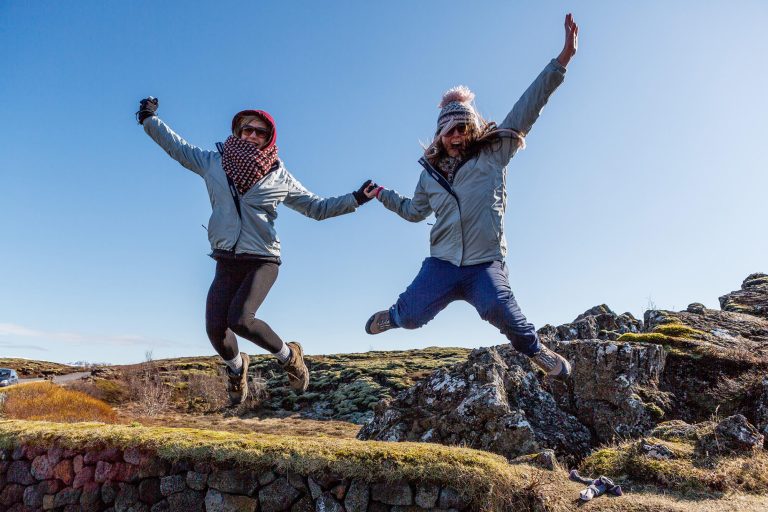
School Trip Planning Hub
We know that the real job of selling a school trip is down to you and your colleagues so we've collated some helpful resources for you to use to make sure you not only get the buy in from your students and their parents, but also that you have all the details you need to ensure a simple planning process.
Launching Your School Trip